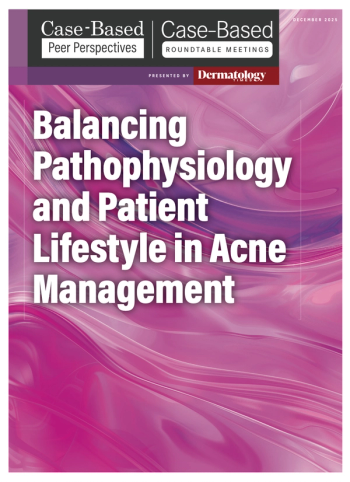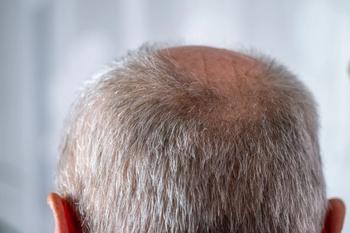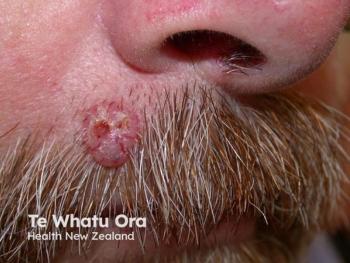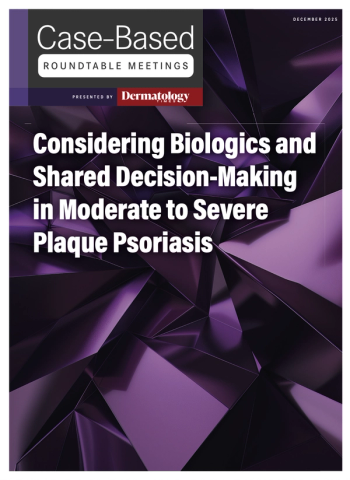
Screening for BDD Crucial in Aesthetic Dermatology
Key Takeaways
- BDD prevalence is highest among plastic surgery patients (24%) and varies by region, with Latin America at 31% and Oceania at 10%.
- Diagnostic tools impact prevalence rates, with combined tools showing higher prevalence than self-reported measures.
Patients undergoing plastic surgery have the highest prevalence of BDD at 24%.
Body Dysmorphic Disorder (BDD) is a psychiatric condition characterized by a persistent and excessive preoccupation with perceived defects or flaws in physical appearance, which are often unnoticeable to others. These obsessions commonly lead to compulsive behaviors, such as mirror checking, grooming, or repetitive cosmetic consultations.1 The disorder not only contributes to significant psychological distress but is also associated with heightened risks of depression, social isolation, and suicidality.2
In the systematic review and meta-analysis conducted by Pérez-Buenfil and Morales-Sánchez, researchers aimed to determine the global prevalence of BDD across various populations, including psychiatric, dermatological, and plastic surgery patients, as well as the general population. The study further evaluated prevalence by continent and diagnostic tools used, offering comprehensive insight into the scope and variability of BDD worldwide.3
Methodology
Following the PRISMA guidelines, the authors conducted an extensive search of the literature up to June 2023 across databases such as PubMed, Embase, Scielo, and TesiUNAM. A total of 1236 records were initially retrieved, with 561 duplicates excluded and 65 articles meeting inclusion criteria after full-text review. Ultimately, 62 studies were analyzed quantitatively. Data points extracted included demographic variables, diagnostic tools used, and the medical or community setting of participants.
Key Findings
The overall global prevalence of BDD in the general population was 17% (95% CI: 13%–21%), with women (16%) exhibiting slightly higher prevalence rates than men (11%). Stratification by clinical context revealed the highest prevalence among plastic surgery patients at 24%, followed by psychiatric (18%) and dermatological (16%) populations. These findings underscore the increased vulnerability of individuals in cosmetic and psychiatric care settings.
Geographically, Latin America demonstrated the highest regional prevalence at 31%, while Oceania showed the lowest at 10%. North America, Europe, Asia, and Africa exhibited intermediate prevalence rates ranging from 12% to 23%. These variations may be influenced by cultural attitudes toward beauty, access to cosmetic procedures, and differences in study design (e.g., community-based vs. clinical samples).
In terms of diagnostic tools, the highest BDD prevalence was observed in studies using a combination of MINI, YBOCS, DCQ, MBSRQ-AS, and DQ (21%). The SCID, regarded as a structured and clinician-administered diagnostic interview, yielded a prevalence of 16%, while the self-reported BDDQ tool reported the lowest prevalence (13%). Despite the BDDQ’s high sensitivity (100%) and specificity (90.3%), its limited psychiatric evaluation inclusion (15%) may account for this discrepancy.
Discussion
The findings reflect a broader clinical challenge in cosmetic and dermatological fields, where patients with undiagnosed BDD may seek procedures as a means to address underlying psychological distress. These patients are often dissatisfied with surgical outcomes, perpetuating a cycle of repeated procedures and worsening mental health outcomes. Therefore, the authors advocate for the integration of mental health screenings, particularly for BDD, into preoperative assessments in aesthetic medicine.
Additionally, the study highlights significant heterogeneity in BDD prevalence by region and diagnostic method. These disparities suggest the need for standardized assessment practices and further research in underrepresented regions to obtain more globally representative data.
Conclusion
This comprehensive review affirms that BDD is a common and clinically significant condition, particularly prevalent in patients seeking cosmetic and dermatological care. Early identification through validated screening tools, combined with appropriate psychiatric referral and multidisciplinary management (including CBT and pharmacotherapy), is essential for improving patient outcomes and reducing unnecessary aesthetic interventions. The study calls for a holistic approach to cosmetic care that prioritizes psychological well-being alongside physical appearance.
References
- Substance Abuse and Mental Health Services Administration. DSM-5 changes: Implications for child serious emotional disturbance. Rockville (MD): Substance Abuse and Mental Health Services Administration (US); 2016 Jun. Table 23, DSM-IV to DSM-5 Body Dysmorphic Disorder Comparison,
https://www.ncbi.nlm.nih.gov/books/NBK519 - Angelakis I, Gooding PA, Panagioti M. Suicidality in body dysmorphic disorder (BDD): A systematic review with meta-analysis. Clin Psychol Rev.2016;49:55-66. doi:10.1016/j.cpr.2016.08.002
- Pérez-Buenfil A, Morales-Sánchez A. Prevalence of body dysmorphic disorder: A systematic review and meta-analysis. J Cosmet Dermatol. 2025;24(4):e70121. doi:10.1111/jocd.70121
Newsletter
Like what you’re reading? Subscribe to Dermatology Times for weekly updates on therapies, innovations, and real-world practice tips.


















